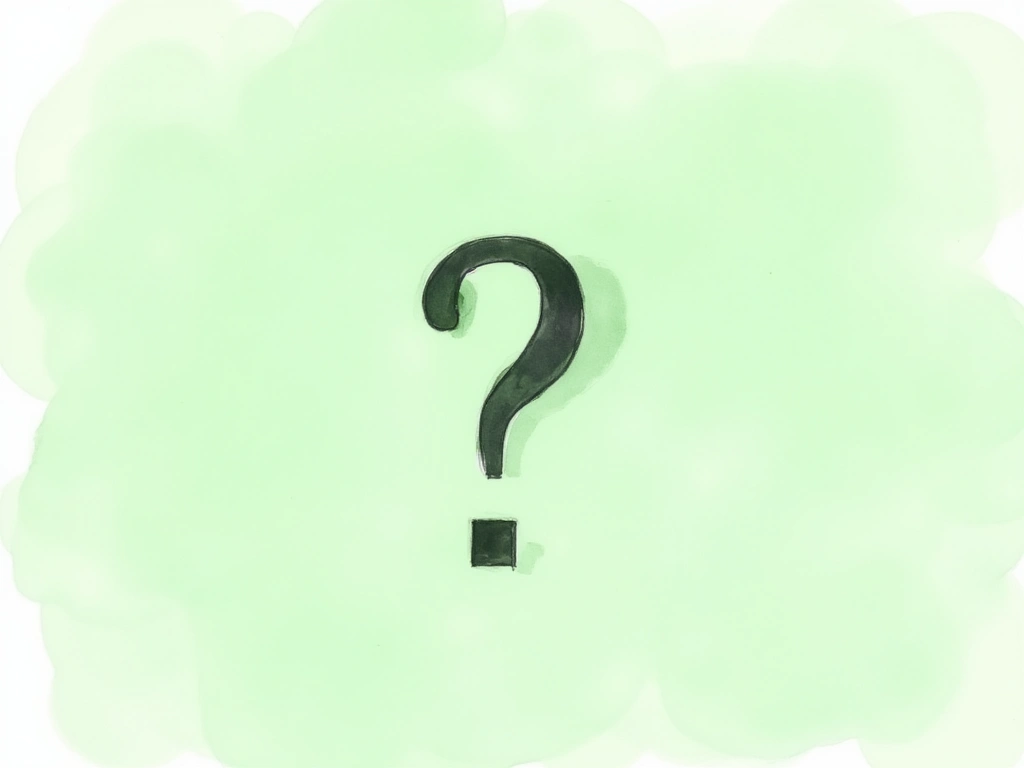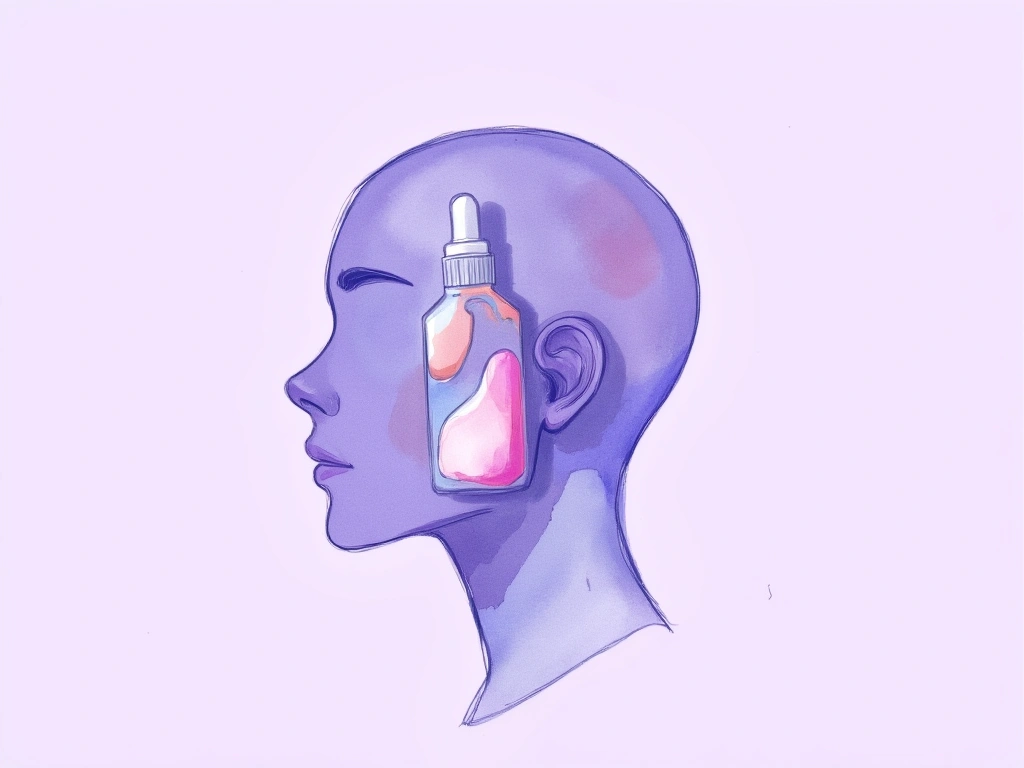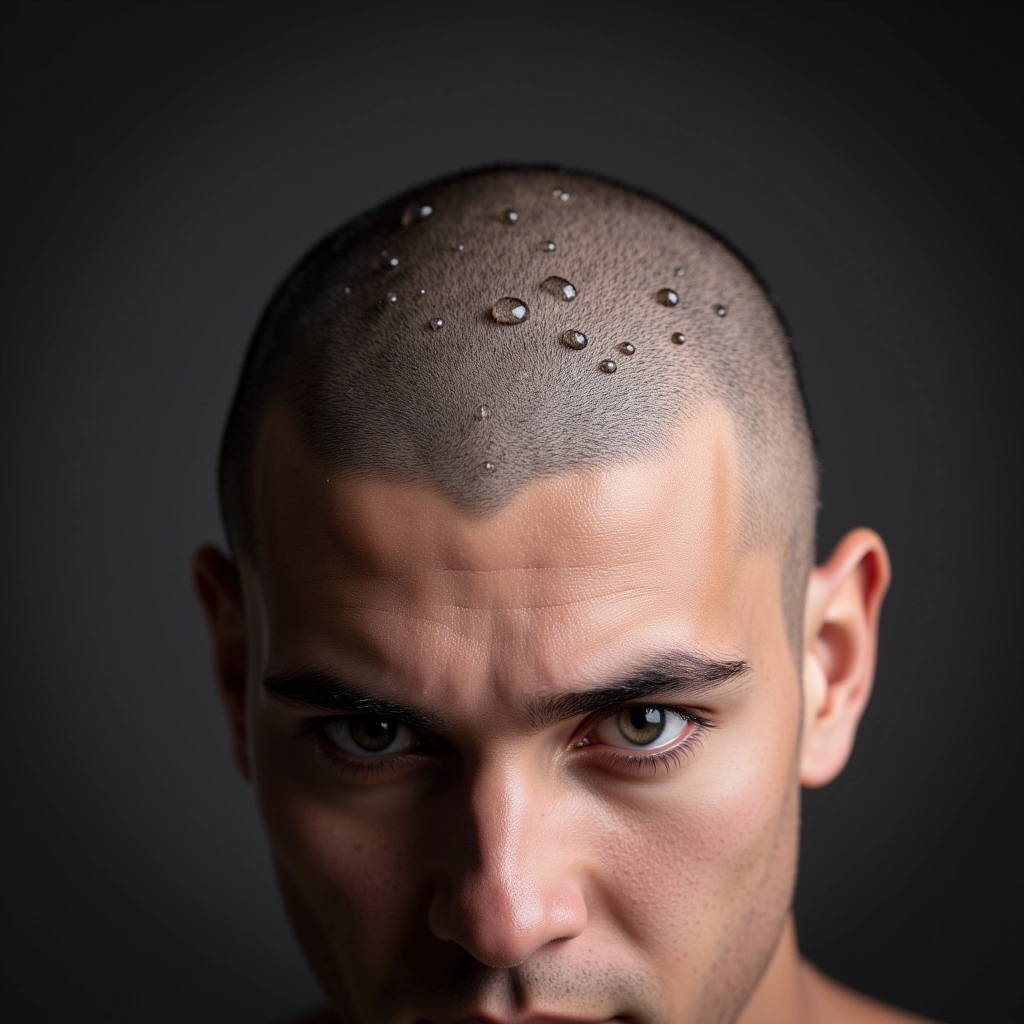- Research suggests shaving might make dandruff less visible, but it’s not a cure.
- Shaving can help exfoliate the scalp, but it might also lead to dryness.
- Anecdotal reports are mixed, and shaving doesn’t address the root causes of dandruff.
TLDR: Shaving your head might make dandruff flakes less noticeable and can help with scalp exfoliation, but it won’t cure dandruff and could even make dryness worse. It’s not a straightforward solution and needs careful consideration.

Understanding Dandruff and Head Shaving
Dandruff is a scalp condition where dead skin cells are shed more quickly than normal. These skin cells clump together and become visible as white or yellowish flakes, especially in the hair. A common culprit behind dandruff is a fungus called Malassezia, which thrives on the natural oils (sebum) of your scalp. [1]
Head shaving, on the other hand, is simply the removal of all hair from the scalp. People consider shaving for many reasons, including managing hair loss, changing their appearance, or, as we’re exploring here, dealing with scalp conditions like dandruff.

Can Shaving Your Head Reduce Dandruff?
The idea that shaving your head helps with dandruff comes from the logic that if there’s no hair, there’s nowhere for dandruff flakes to get trapped and be seen. And to some extent, this is true. Research indicates that while shaving might make dandruff less noticeable, it doesn’t actually treat the underlying causes of dandruff. [2]
Think of it like sweeping dust under the rug – the dust is still there, just hidden. Similarly, shaving your head removes the “rug” (your hair) where dandruff flakes become visible, but it doesn’t get rid of the dandruff itself.
Potential Benefits of Shaving for Dandruff
- Reduced Visibility: Without hair, dandruff flakes are less likely to get caught and accumulate, making them less obvious, particularly on dark clothing. [2]
- Scalp Exfoliation: Shaving can act as a form of physical exfoliation, removing dead skin cells from the scalp’s surface. [3] This might temporarily reduce the flaky buildup associated with dandruff.
- Easier Scalp Care: A shaved head allows for easier access to the scalp. This can make it simpler to apply medicated shampoos or topical treatments directly to the affected area.
Potential Drawbacks and Considerations
- Increased Dryness: Shaving can sometimes lead to scalp dryness. The act of shaving itself, along with increased exposure to air and the elements, can strip the scalp of its natural oils, potentially making dandruff symptoms worse for some. [4]
- Irritation: Shaving can irritate the scalp, especially if not done carefully or if proper post-shave care is neglected. Scalp irritation can sometimes mimic or worsen dandruff-like symptoms.
- Doesn’t Address Root Causes: Crucially, shaving doesn’t address the underlying causes of dandruff, such as Malassezia fungus overgrowth or sebum imbalances. [2] These issues will persist even without hair.
- Post-Shaving Care is Essential: After shaving, scalp care becomes even more important. Moisturizing is vital to prevent dryness and irritation. Ignoring this can lead to a cycle of irritation and potentially increased dandruff-like symptoms, which is often overlooked when people consider shaving for dandruff.

What User Experiences Reveal: Anecdotal Insights
Beyond academic research, looking at what people who have actually shaved their heads for dandruff say can offer valuable real-world insights. Anecdotal evidence paints a mixed picture, but several key themes emerge.
Mixed Results and Underlying Conditions
Many users report that shaving their heads does make dandruff less visible and easier to manage. They find it simpler to apply treatments and keep their scalp clean. [1] [5]
However, some individuals discover that shaving reveals their scalp condition is more complex than simple dandruff. In some cases, users found they were dealing with conditions like seborrheic dermatitis or scalp psoriasis, which require different treatments than typical dandruff. [6], [7], [8], [10], [12]
Effective Treatments Post-Shaving
For those who found shaving helpful, combining it with specific treatments was key. Many users reported success with medicated shampoos containing ketoconazole (like Nizoral) to target fungal causes. [6], [8], [15]
For seborrheic dermatitis, a more comprehensive approach involving biofilm disruption, antifungal agents, and skin barrier repair was often necessary. [2] Those with scalp psoriasis required treatments ranging from topical steroids to prescription medications. [12]
Scalp Care After Shaving
Regardless of the underlying scalp issue, moisturizing the shaved scalp is consistently highlighted as crucial to prevent dryness and irritation. [16]

Practical Scalp Care for Shaved Heads
If you shave your head, especially if you’re dealing with dandruff or other scalp issues, proper scalp care is essential.
- Gentle Cleansing: Wash your scalp regularly with a mild shampoo. If you’re using a medicated shampoo for dandruff, follow the product instructions carefully.
- Moisturize: Apply a scalp-friendly moisturizer daily, especially after washing. Look for products that are non-comedogenic (won’t clog pores) and designed for sensitive skin.
- Sun Protection: A shaved scalp is more vulnerable to sun exposure. Use sunscreen on your scalp daily, especially when outdoors.
- Exfoliation (Gentle): While shaving provides some exfoliation, you can gently exfoliate your scalp periodically with a soft scalp scrub or brush to remove dead skin cells. Be careful not to over-exfoliate, which can irritate the scalp.
- Consider Weather: Be mindful of weather conditions. A shaved head can get cold easily in winter and is more exposed to the sun in summer. Adjust your scalp care and headwear accordingly. [11]

Conclusion and Key Takeaways
Shaving your head is not a proven cure for dandruff. While it may offer some benefits like reduced visibility of flakes and easier scalp exfoliation, it doesn’t address the root causes of dandruff and can even lead to dryness and irritation if not managed properly.
- Shaving might make dandruff less visible but isn’t a cure. It simply removes the hair where flakes become noticeable.
- Scalp exfoliation can be a benefit of shaving, but it might also increase dryness.
- Post-shaving scalp care is crucial, especially moisturizing, to prevent irritation and dryness.
- Anecdotal experiences are mixed, with some finding relief and others discovering more complex scalp conditions.
- If considering shaving for dandruff, manage expectations. It’s not a guaranteed fix and may require additional treatments and diligent scalp care.

No Comments
Be the first to start a conversation